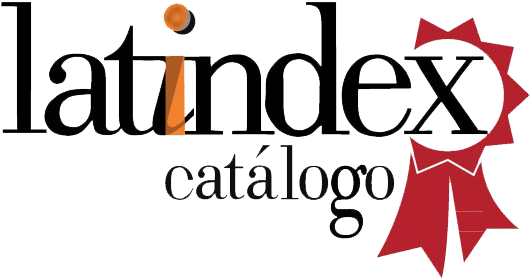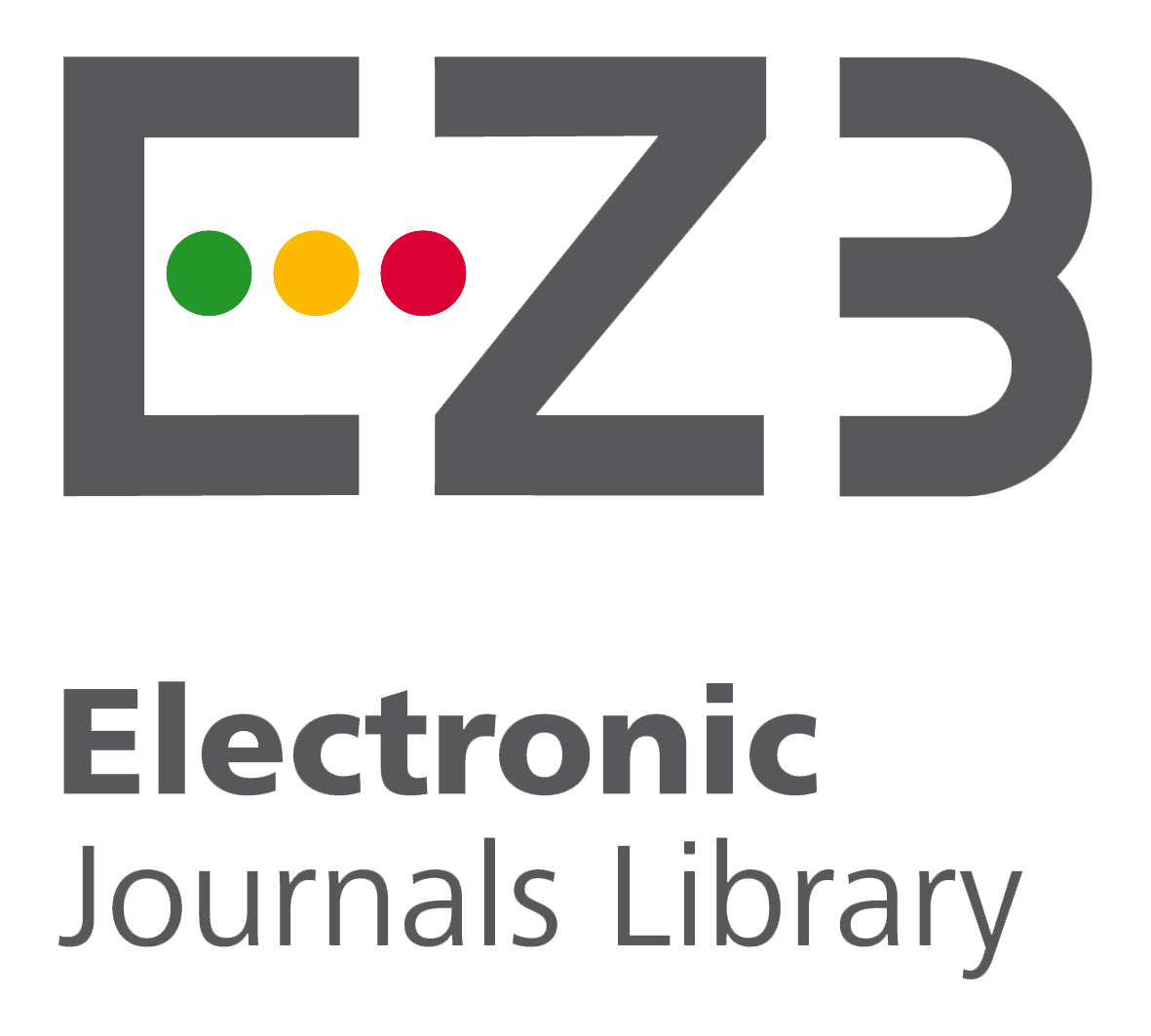Influence of vertical temperature gradient in the accuracy of atmospheric refraction in lateritic deposits (Original).
Keywords:
refraction, vertical temperature gradient, trigonometric leveling, precision, lateritic deposits.Abstract
From the problem that presents the precision of the heights of the points determined by the trigonometric leveling method, in literary deposits of the north of Holguin, the need arises to assess the influence that the vertical temperature gradient exerts on the accuracy of the refraction. atmospheric. It is evident that the vertical temperature gradient exerts a great influence on the determination of the refraction coefficient, a fact that causes errors to be made in the determination of the unevenness. The measurement period must range between 10:00 a.m. and 6:00 p.m., where values of δ=0.035 °/m are reached, less than 0.2 °/m, which is the maximum value to consider the best condition for observations. It should not be measured in the intervals from 12:00 to 15:00, because large errors can be obtained in the trigonometric leveling. The results show that the air temperature and the refraction coefficient, both during the day and at night, are inversely proportional. In periods of high daytime temperatures, refraction is more stable.
Downloads
References
Herrera Blanco, W., Belette Fuentes, O., y Batista Legrá, Y. (2015). Determinación del coeficiente conjunto de curvatura y refracción en yacimientos lateríticos de Moa. Revista Minería y Geología, 31(3), 26-44.
Hirt C., Guillaume S., Wisbar A.M, Bürki B.t y Sternberg H.(2010). Monitoreo del coeficiente de refracción en la atmósfera inferior mediante una configuración controlada de mediciones recíprocas simultáneas del ángulo vertical. Journal of geophysical Research, 15(1), 14-22. https://doi.org/10.1029/2010JD014067
Jonas Skeivalas (2005). Determinación de la influencia de la refracción en la nivelación precisión. Optical Engineering, 44(1), 013603. https://doi.org/10.1117/1.1827224.
Mozzhuhin, O. A. (2018). La refracción en la nivelación trigonométrica bilateral. Determinación de las correcciones. Geodesia y Cartografía, 4(2), 8-13. https://doi.org/10.22389/0016-7126-2018-934-4-8-13.
Sirucková, H. (2016). Nivelación experimental en la interfaz de entornos ópticos. Department of Special Geodesy, Faculty of Civil Engineering, Czech Technical University in Prague. Czech Technical University in Prague. Acta Polytechnica, 56(2),138–146. http://ojs.cvut.cz/ojs/index.php/ap
Shen, Y., Huang, T., Guo, X. y Zang, Q. (2017). Método de inversión de coeficiente de refracción atmosférica basado en la red de nivelación trigonométrica. Journal of surveying ingineering. Journal of Surveying Engineering ISSN (print): 0733-9453 | ISSN (online): 1943-5428. https://ascelibrary.org/journal/jsued2
Vshivkova, O. (2010). Cálculo racional de la refracción con el empleo del Gradientómetro geodésico. Universidad Estatal de Moscú de Geodesia y Cartografía. Revista Geodesia y Aerofotosionka, 1(2), 2-6.
Zarco, N. y Sinisa D. (2014). Comparación de las diferencias de altura obtenidas por la nivelación trigonométrica y el método de nivelación espiritual. "Hidroelektrane Đerdap", Kladovo, Serbia University of Belgrade, Faculty of Civil Engineering, Belgrade, Serbia, 2(4), Geonauka. https://doi.org/10.14438/gn.2015.01
Zhang, Zh., Zhang, K., Deng, Y. y Luo, Ch. (2012). Investigación sobre nivelación trigonométrica precisa en lugar de la nivelación de primer orden. Geo-spatial Information Science, 8 (4), 235-239. https://doi.org/10.1007/BF02838654









































